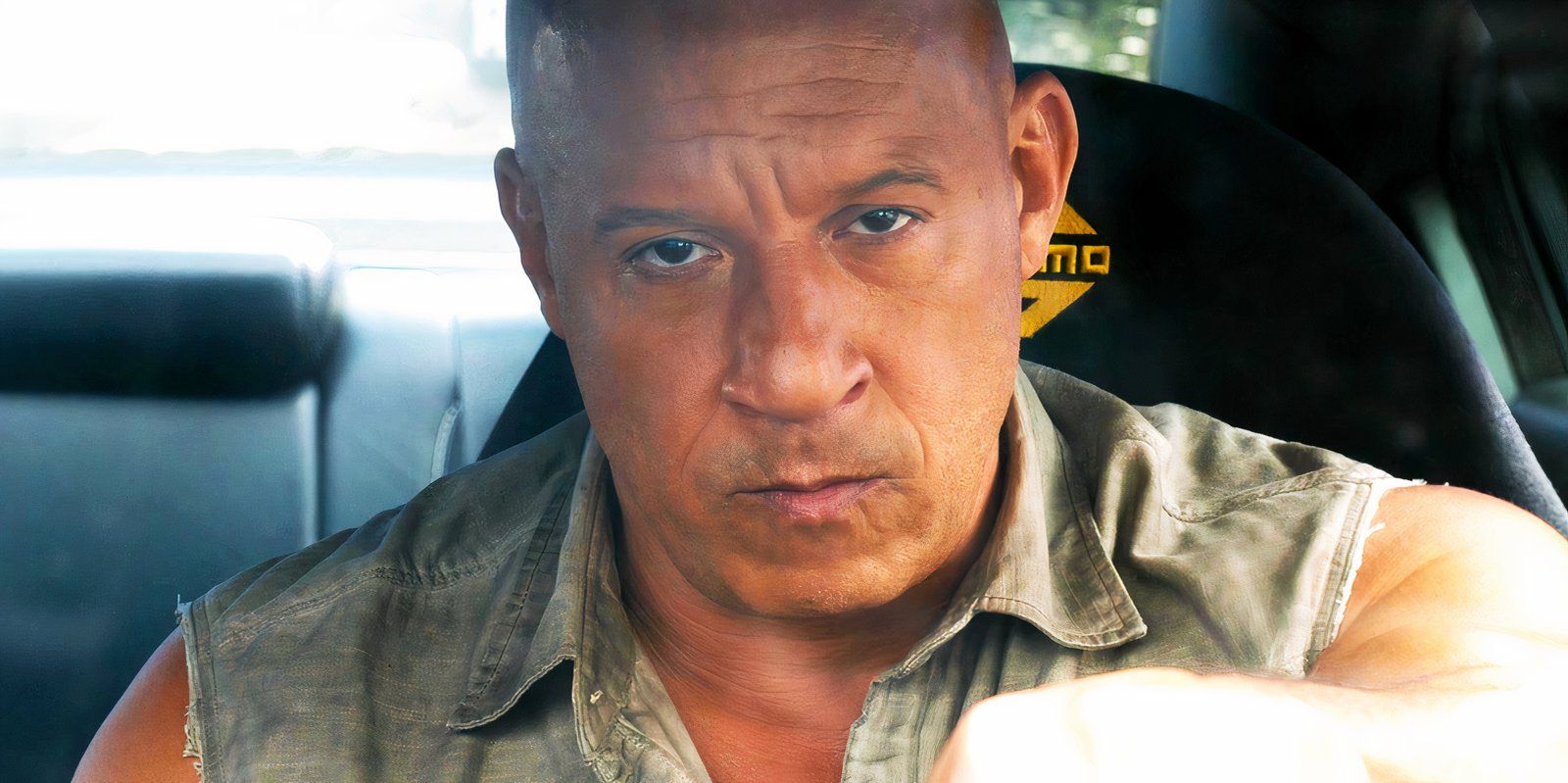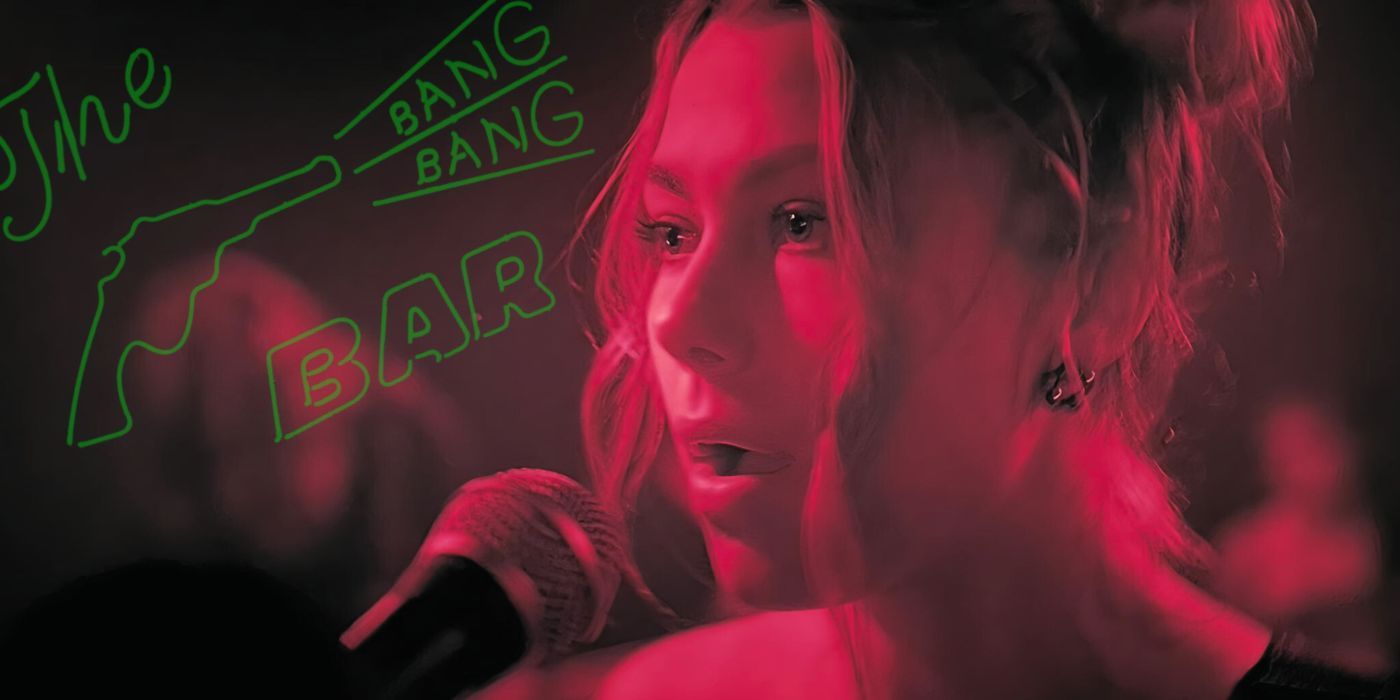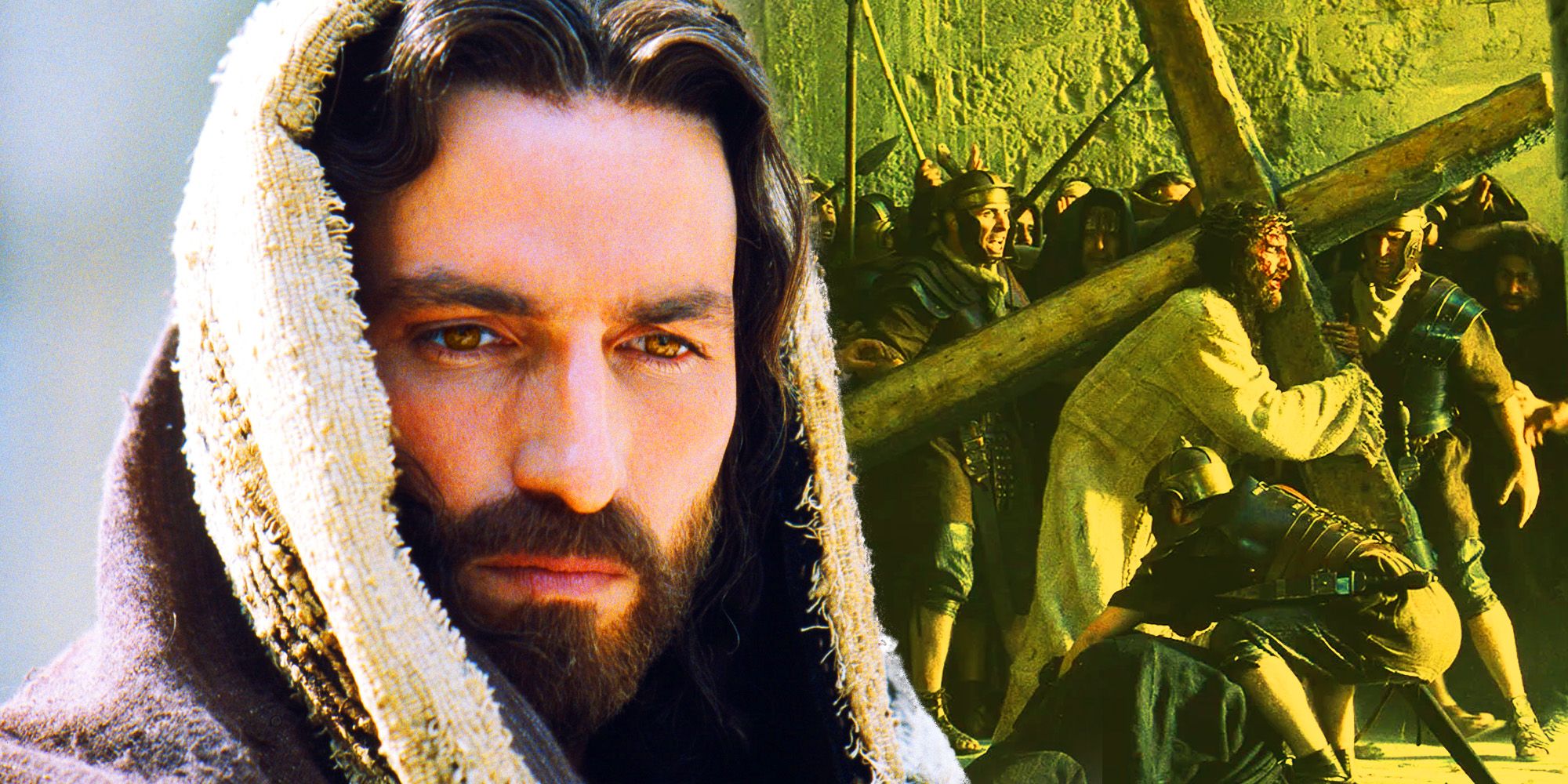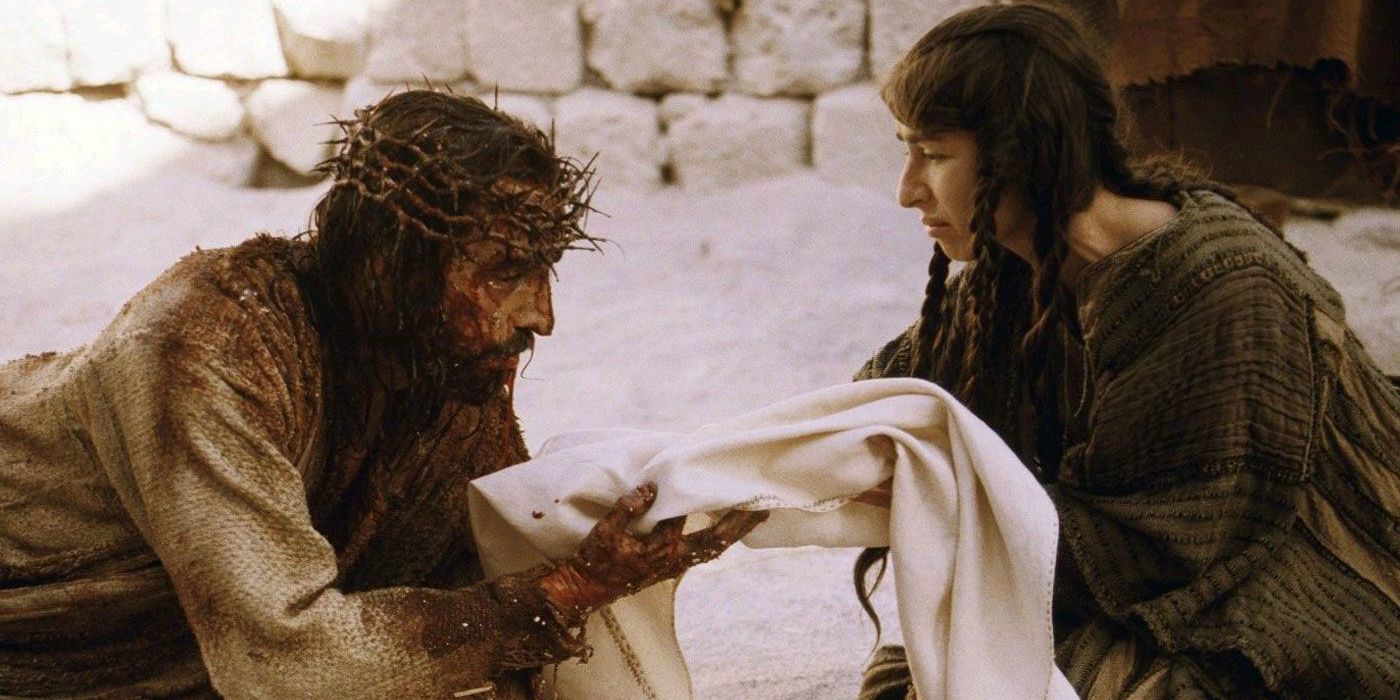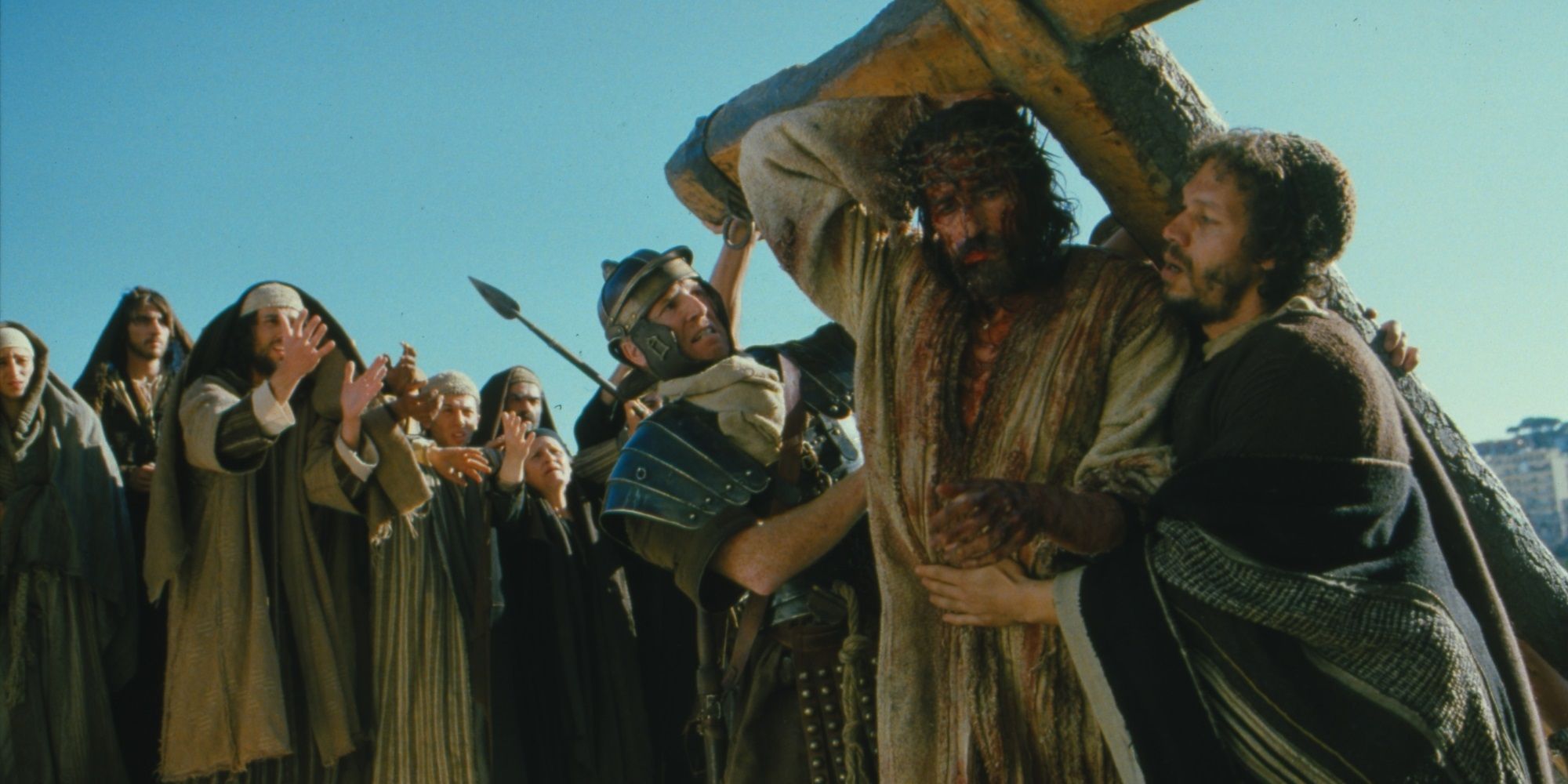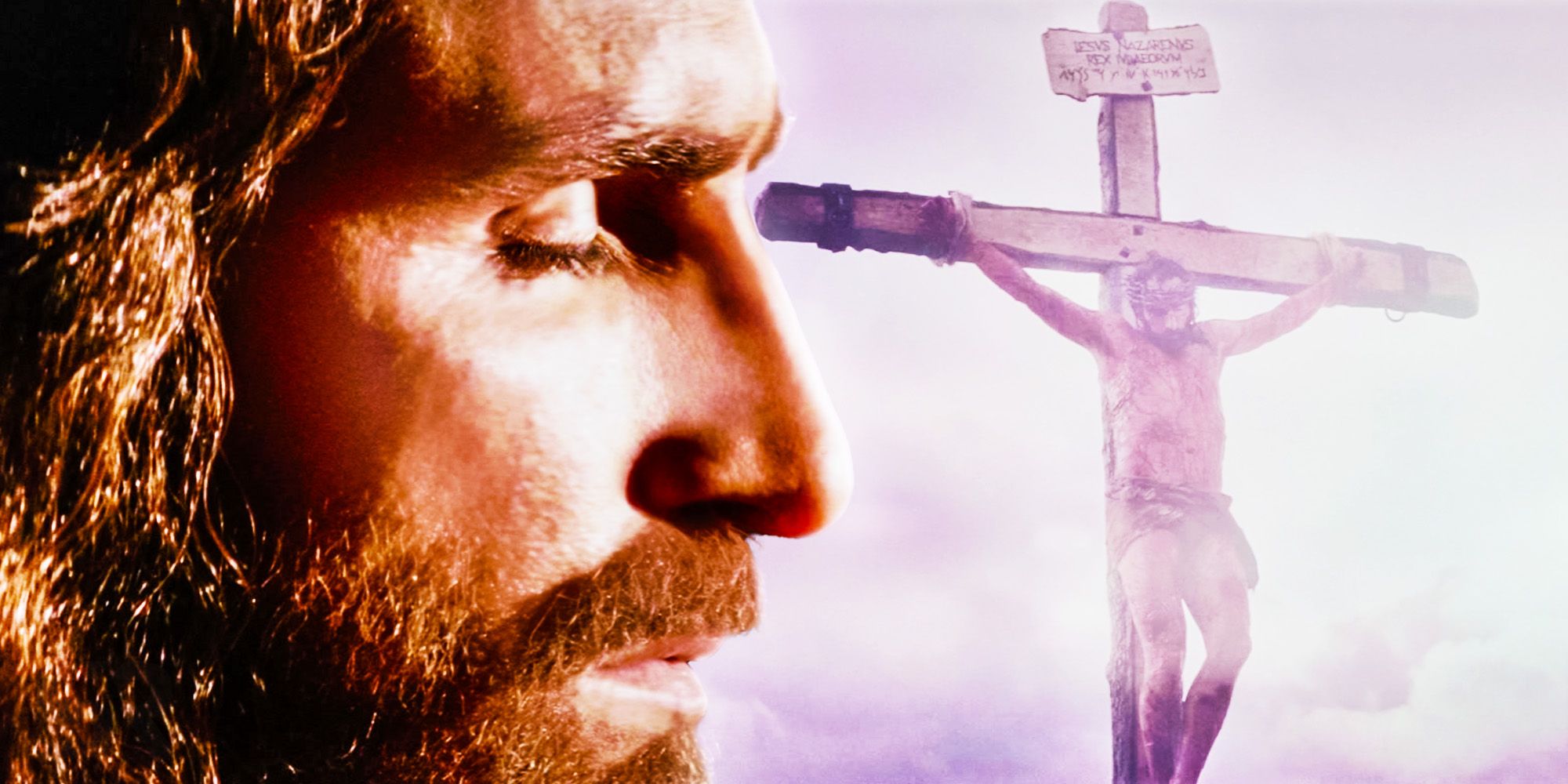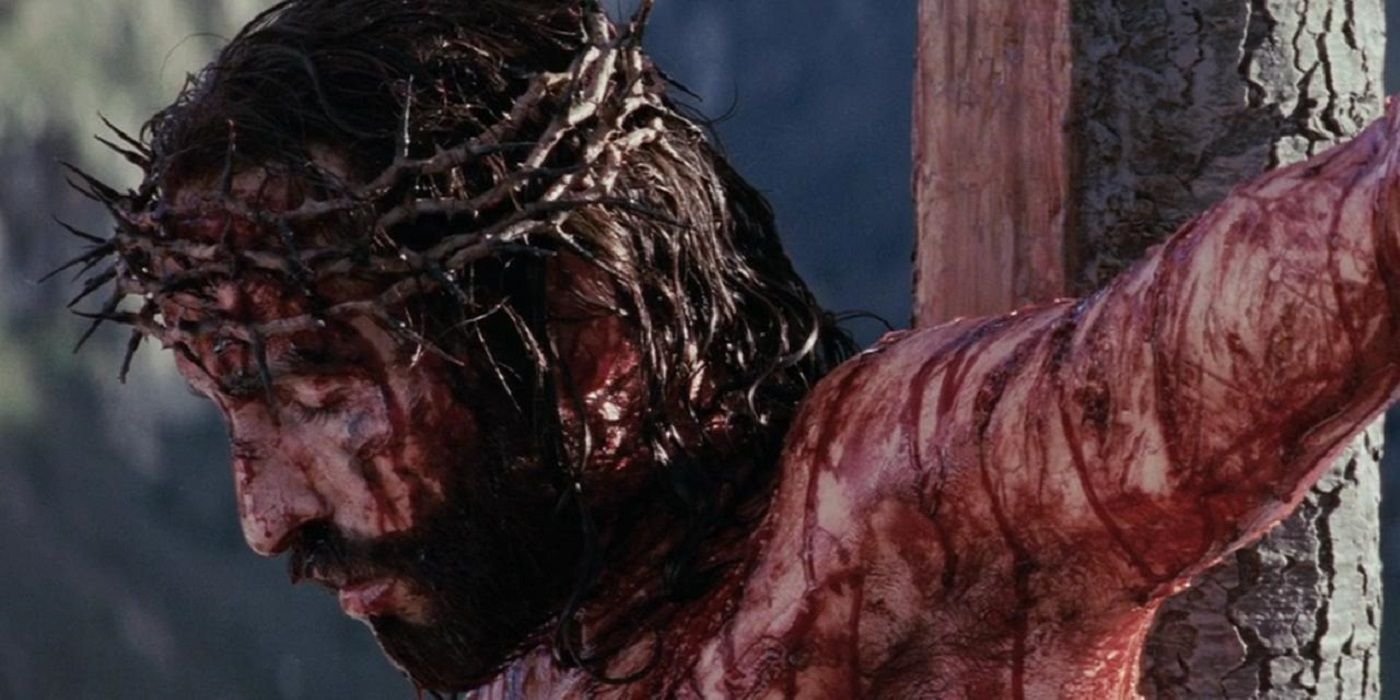Summary
- The Passion of the Christ faced controversy due to its historical and biblical inaccuracies, with critics arguing that it focused on pain, suffering, hopelessness, and hate rather than love and redemption.
- The film's alleged antisemitic nature added to the controversy, as it portrayed Jewish people as enemies of Jesus, ignoring the fact that Jesus himself was Jewish.
- The extreme violence depicted in The Passion of the Christ received criticism for being exploitative and voyeuristic, with some audience members experiencing extreme discomfort and even physical health issues while watching it.
Given the history of Mel Gibson, it should come as no surprise that his film, The Passion of the Christ, is surrounded by controversy. The 2004 biblical drama, which tells the story of the life and death of Jesus Christ, portrayed by Jim Caviezel, garnered international attention. The reception from both critics and audiences was mixed, with some claiming it was one of the most important Biblical epics ever, and others calling it offensive and appalling. Despite, or perhaps because of the controversy, the film holds the impressive record of the highest-grossing R-Rated movie in domestic box office history.
The Passion of the Christ had the potential to be an inspiring and educational film, not only for Christian audiences but for all religious denominations alike. Instead, the film became a catalyst for hate groups to spew antisemitic views and false information regarding the history of Jesus Christ. Many people felt that Mel Gibson's focus on shock value and graphic violence throughout the film was an attempt to push his views on audiences. The rare moments which didn’t focus on repugnant imagery did little to help explain the history of Jesus. The little information that was included in the film was scrutinized for being biblically inaccurate. Here's why The Passion of the Christ remains controversial today.
Passion Of The Christ's Historical & Biblical Inaccuracies Were Controversial
The Passion of the Christ advertises itself as a film that tells the story of Jesus Christ, focusing on the final 12 hours of his life. Although the film claims to be historically and biblically accurate, there are many examples of how that isn’t the case. The main inaccuracy does not relate to one specific scene, but rather the entire film. Jesus Christ is the embodiment of love, hope, and kindness. Jesus’s portrayal should radiate that loving energy, focusing on truth and redemption and displaying him as the beacon of light for which he is. Instead, Gibson’s portrayal of Jesus focuses on the complete opposite – pain, suffering, hopelessness, and hate.
The Passion of The Christ had many biblical and historical inaccuracies. The opening scene shows Jesus Christ praying in the garden of Gethsemane. He is approached by an androgynous figure in a dark cloak, the implied embodiment of Satan. A giant snake appears at the feet of Satan and slithers over to Jesus before he stomps it to death. This scene is an apparent reference to the Book of Genesis, but it’s a sloppy one. There is no evidence of Jesus slaying serpents or being tempted by the devil in the garden of Gethsemane anywhere in the Bible.
Another inaccuracy in The Passion of Christ, which follows along the lines of Hollywood dramatization created for suspenseful effect, is the creepy demon baby shown mocking Jesus as he is being tortured. This disturbing baby, with its chalk-white complexion and deformed features, being held by Satan, is not mentioned anywhere in the Bible. The entire crucifixion was embellished as well, with scenes depicting falsehoods such as Jesus having to carry the entire weight of the cross himself. Even the nailing of the cross is debated, with historians stating that it was likely Jesus was tied to the cross, not nailed. The torture was also inaccurate, as nowhere in the Bible is it written that Jesus was barbarically tortured.
Jesus’s physical appearance is likely inaccurate in The Passion of The Christ. There is no proof that Jesus’s complexion, hair, beard, or loincloth are biblically accurate. There is evidence to the contrary; Jesus is said to have had a darker skin tone, and the modest loincloth that remained on Jesus through all his torture doesn’t make sense given the goal of humiliation and public shame. Jesus is portrayed as being fluent in Latin in the film, but in reality, It is highly unlikely that Jesus spoke more than a few words of Latin. There is also the scene depicting Jesus inventing the dining room table, a completely false claim.
Passion Of The Christ's Alleged Antisemitism
A major source of controversy with The Passion of The Christ is the antisemitic nature of the film. The antisemitism that is seen throughout the film is unsurprising to many, given Mel Gibson's well-documented past controversies, including derogatory remarks he's made toward Jewish people. Perhaps the biggest irony surrounding The Passion of The Christ's antisemitic theme is the fact that Jesus himself was Jewish. Jesus was born Jewish and Jesus died Jewish, yet this important fact does not appear anywhere in the film. Instead, the film focuses on pushing the narrative that the Jewish people were enemies of Jesus.
There is no mistaking the villains in The Passion of The Christ and in a society so easily fueled by hate, the backlash to this material is warranted. Both Jewish and Christian communities came forward to denounce the film's portrayal of antisemitic material. Gibson's intentional depiction of the Jewish people as an angry bloodthirsty mob determined to make Jesus suffer as much as possible is not only grossly inaccurate, but it is a false narrative that perpetuates prejudice. Due to this dangerously inaccurate portrayal, Gibson struggled to find distribution for the film and received public backlash from many religious members and political figures.
Did The Pope Endorse Passion Of The Christ? Dispute & Controversy
Another major contention surrounding The Passion of The Christ was the endorsement of Pope John Paul II. It was initially reported by various sources and online publications that the Pope had given the statement, "It is as it was", after viewing the film at a private screening. This statement appeared to indicate that the Pope felt the script was accurate. Other sources went even further, saying the Pope told others that he enjoyed the movie. The news of the Pope's endorsement caused a huge public response and many people were outraged by his approval of the controversial film.
In response to the public backlash, The Vatican released an official statement on January 21, 2004, attempting to clarify the Pope's comments on the film. Ultimately, the press release just added more confusion, with one excerpt stating "It is the Holy Father's custom not to express public judgments on artistic works, judgments which are always open to diverse evaluations of an aesthetic nature.” The statement did confirm that the Pope viewed the film, but his alleged statement regarding its accuracy was neither confirmed nor denied. The article did not speak to the accuracy of the material or any of the controversy surrounding the film.
Passion Of The Christ Faced Criticism For Being Too Violent
The Passion of The Christ was extremely violent; most of the film focuses on Jesus being whipped, stabbed, beaten, and tortured. A major criticism of the film was that it took the violence way too far, appearing both exploitative and voyeuristic. Many critics felt there was no need for the amount of graphic violence shown and that the story could have been told without that level of brutality. Audience members expressed experiencing extreme discomfort while viewing the film, with people crying, fainting, and even a woman reportedly suffering a fatal heart attack during the crucifixion scene. Roger Ebert stated that it was the most violent film he had ever seen.
If Mel Gibson's goal with The Passion of The Christ was to be controversial, he certainly succeeded. The film is known as one of the most controversial of all time, yet now there is an upcoming sequel that is said to push the boundaries even more. It was announced that after years of discussion regarding the possibility of a sequel, The Passion of The Christ: The Resurrection will be released in 2024. The film will chronicle the days between Jesus' crucifixion and his resurrection, following his descent into hell. The controversial sequel starring Jim Caviezel in his returning role as Jesus is expected to receive even more backlash than the original.



